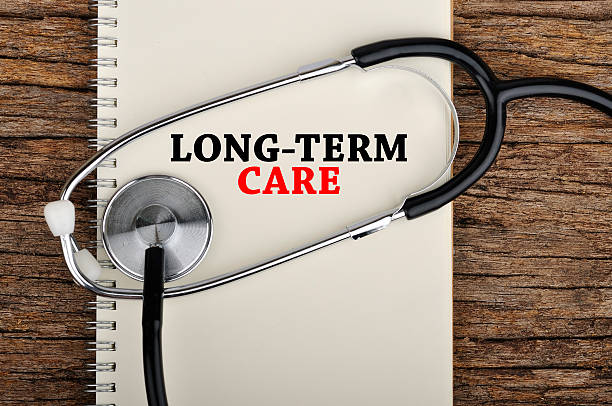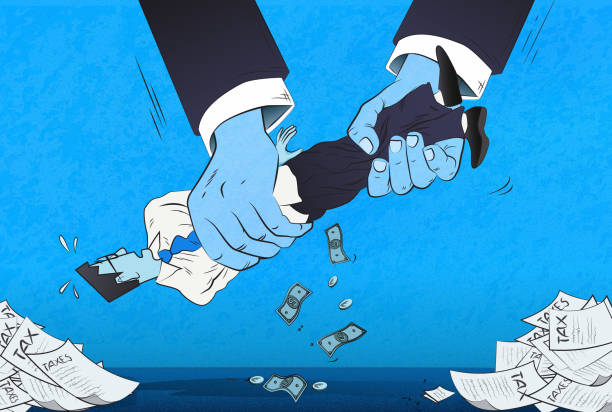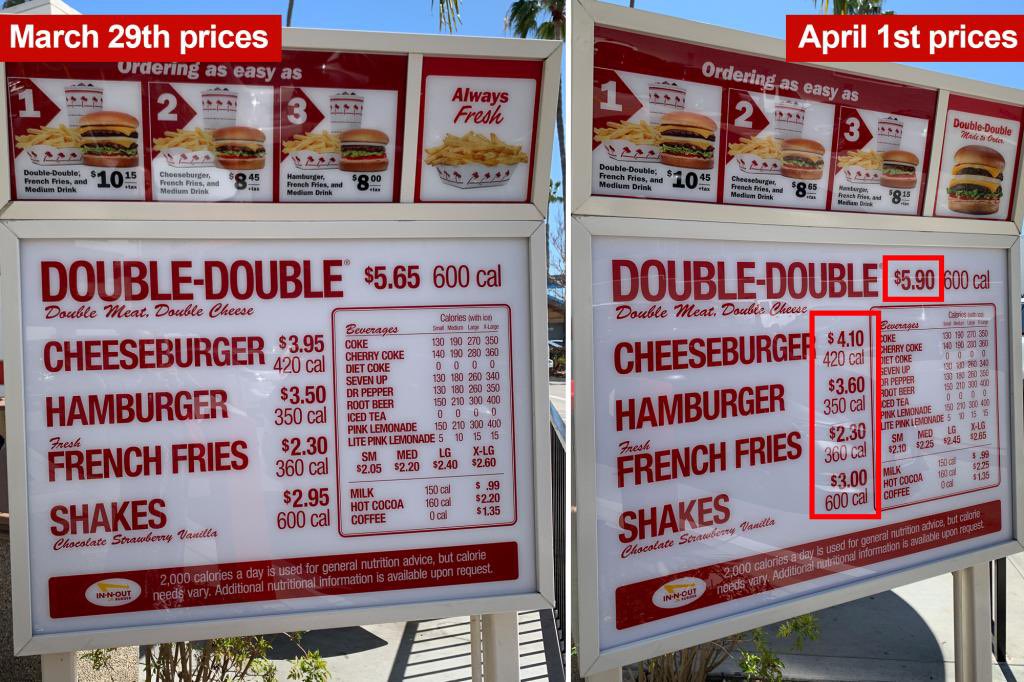Campaign to increase minimum wage to $13.50 officially kicks off on the heels of data showing significant job loss in Seattle after minimum wage hike
This weekend the signature-gathering phase of the campaign to increase the state minimum wage to $13.50 and mandate paid sick leave for all workers will officially kickoff. Petition gatherers for Initiative 1433 will begin canvassing the state to collect the 250,000 valid signatures needed to qualify I-1433 for the November ballot. According to the Washington State Labor Council, “…labor unions throughout Washington state plan to take a leading role” in the I-1433 campaign.
Initiative 1433 would phase in the $13.50 wage over four years, beginning at $11 in 2017, $11.50 in 2018, $12 in 2019, and $13.50 in 2020. I-1433 would also require employers to provide paid sick leave for every employee.
Supporters say the $13.50 wage is needed to help lift the state’s lowest wage workers out of poverty: “People who work full time doing honest work should not live in poverty.”
The reality is very few full-time workers live in poverty. In fact, two-thirds of adults who live below the poverty line do not work. Of the one-third that works, only 9% work full-time, while the remaining 25% work part-time. Increasing the minimum wage will not lift workers out of poverty, because the majority of Americans living in poverty do not work. People living in poverty need jobs, not higher wages.
Evidence from Seattle’s $15 wage experiment indicates a $13.50 state minimum wage will result in even fewer jobs.
An analysis of Bureau of Labor Statistics data by the American Enterprise Institute (AEI) reveals that between April 2015 (when Seattle’s first phase of the city’s $15 minimum wage took effect) and December 2015:
- Employment in Seattle declined by more than 11,000 jobs. The April to December 2015 drop in Seattle employment was the biggest decline over any 9-month period since between April and December 2009 period during the Great Recession.
- The number of unemployed workers in Seattle increased by nearly 5,000. The rise in the number of unemployed Seattle workers between April and December 2015 was the largest increase over any 9-month period since the May 2009 to January 2010 period at the end of the Great Recession.
- Seattle’s unemployment rate increased by more than 1 percentage point. There hasn’t been as large an increase in Seattle’s jobless rate over a 9-month period since the end of the Great Recession between May 2009 and January 2010.
Coincidence? Anything is possible. But as AEI notes:
“…until the first minimum wage hike last April, all three of Seattle’s labor market indicators had been showing ongoing and strong signs of improvement for the previous five years: the city’s employment had been steadily increasing since early 2010, the number of unemployed workers in Seattle had significantly declined from a peak of more than 33,000 in 2009 to fewer than 13,000 by last April, and the city’s jobless rate had fallen steadily from a post-recession peak of nearly 9% to only 3% by last April (unadjusted). But then each of those key labor market variables for the city of Seattle reversed sharply starting last April when the city started suffering significant job losses, which then contributed to a noticeable spike in the number of the city’s unemployed workers and a sharp jump in the city’s jobless rate between April and December. And each of those three reversals in the nine months of last year were the worst examples of labor market deterioration for each of those variables since the Great Recession.”
While Seattle was losing jobs between April and December last year, employment in neighboring cities increased over that same period by nearly 57,000 jobs and reached a new record high in November 2015 before falling slightly in December.
So while surrounding cities were enjoying significant job growth, Seattle was hemorrhaging jobs. And keep in mind those losses were after just the first phase-in of the wage hike to $10 for some businesses and $11 for others. If a $10 or $11 minimum wage spurs such job losses in urban Seattle, imagine the repercussions of forcing employers in the most rural and economically challenged cities in the state to pay $13.50.







